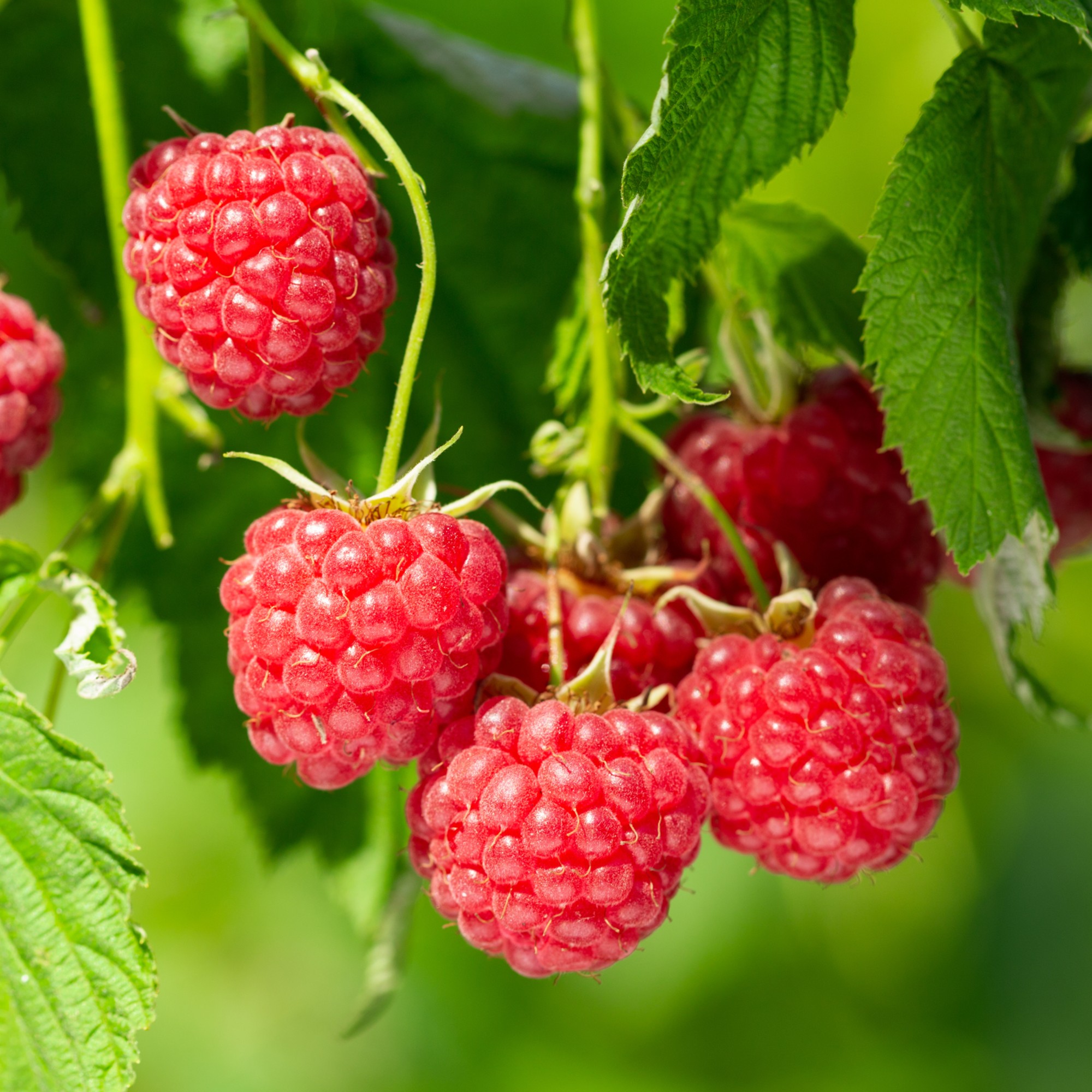
Something not enough people know about is how to grow raspberries from shop-bought fruit, which is surprising given how ridiculously easy and low-effort it is.
If you're only just starting to grow your own fruits and vegetables at home or are a seasoned grow-your-own expert just after an easy garden idea to get stuck into, growing raspberries is definitely one to try for yourself.
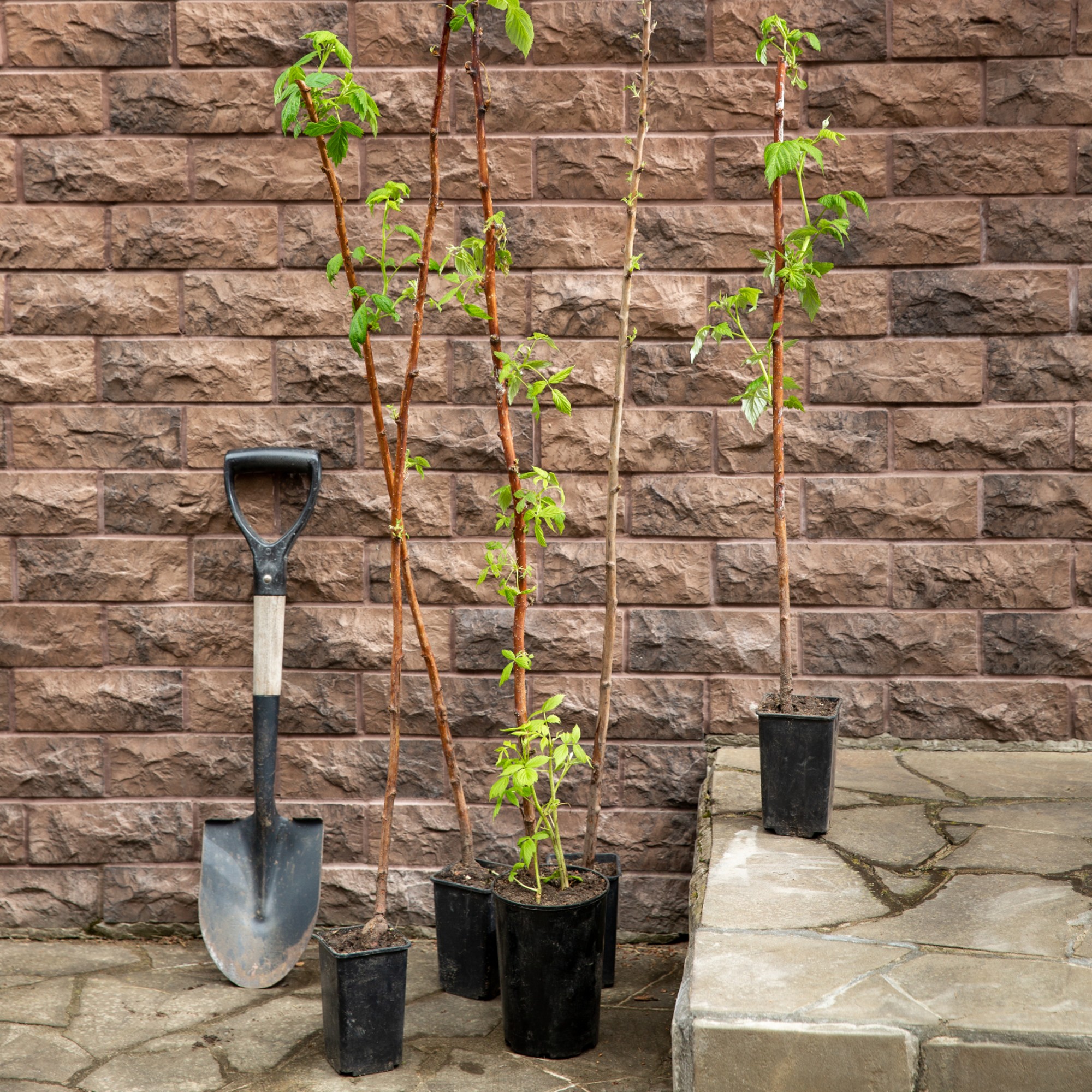
How to grow raspberries from shop-bought fruit
'Many might think that growing your own raspberries is a lengthy, difficult process that requires lots of skill, time and patience, but actually, it's very easy to grow your own – and the best part is that all you need is one leftover fruit for a healthy supply at a fraction of the supermarket price!' says Daniel Carruthers, director of sales and grow-your-own expert at Cultivar Greenhouses.
'The key is to extract the seeds from the raspberry, which sounds much trickier than it is!'

What you'll need
- Raspberries from the supermarket
- Kitchen roll
- A knife or spoon
- Peat-free compost like Westland's John Innes No.2 Peat-free Compost, available on Amazon
- A container
- Polythene bag or cling film (optional)
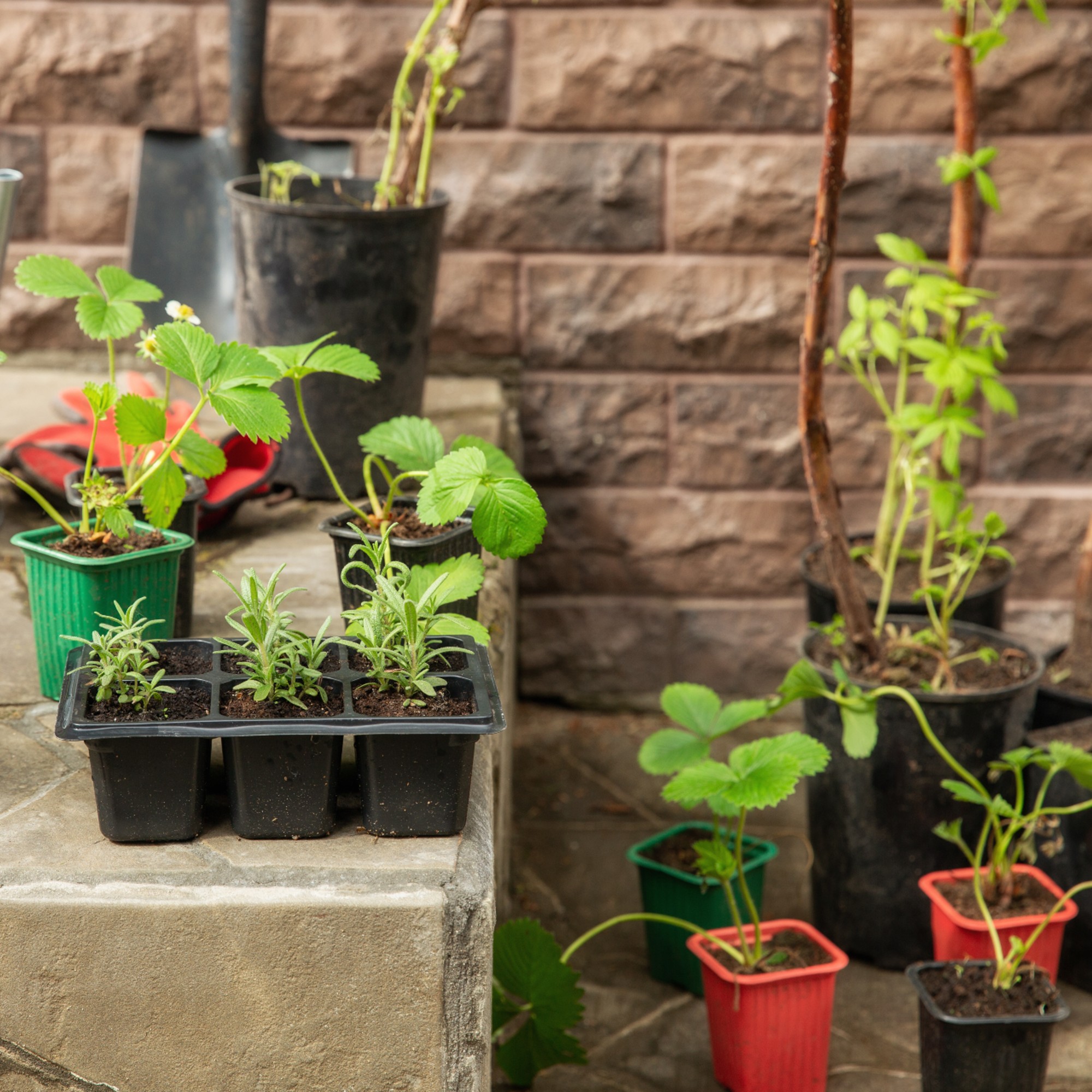
Step-by-step guide
Growing raspberries from shop-bought fruit is one of the easiest ways you can spruce up your container garden ideas for the summer. Not to mention, how great of a budget small garden idea they are as well, considering how affordable a pack of raspberries are at your local supermarket.
Shown below is a TikTok video shared by gardening expert, Simon Akeroyd, which went viral with over two million views of the step-by-step process of growing raspberries from shop-bought. If at any point you lose track, just refer back to his quick video.
@simonakeroydgardener ♬ Thank You for Being You - OctaSounds
1. Squash and spread raspberries on kitchen roll
'The simplest way to do this is to squash the fruit and spread it evenly across a piece of kitchen roll using a knife or the back of a spoon,' says Daniel.
In Simon's video, he uses around one to two berries – just enough to cover the majority of the surface area of the kitchen roll.
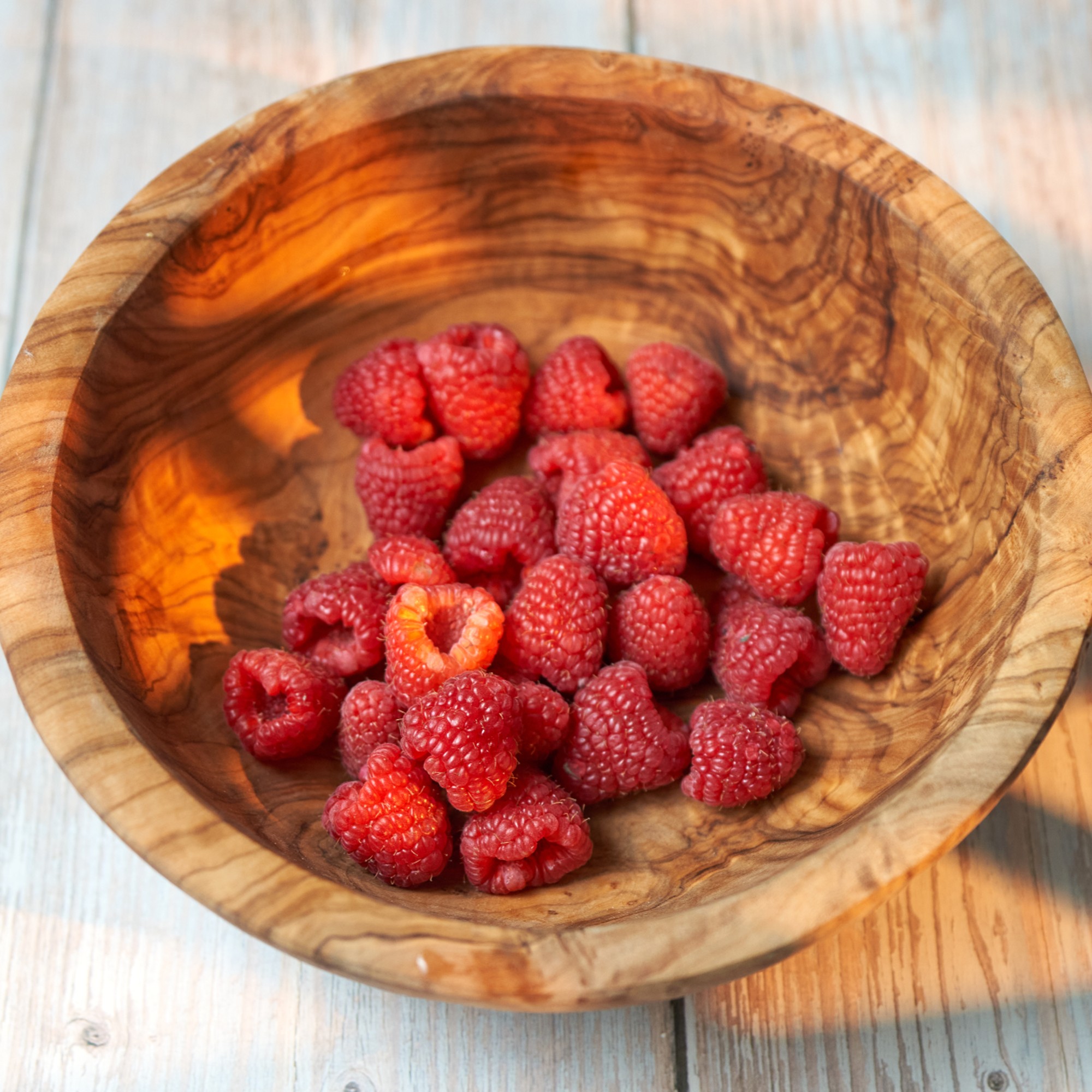
2. Leave overnight to expose the seeds
Once you've finished spreading the berries across the kitchen roll, Daniel says the next step is to 'leave it on the side overnight to expose the seeds and let them dry out.'
3. Bury the kitchen roll in peat-free compost
'Simply place it into a container filled three-quarters of the way with peat-free compost,' says Daniel. We recommend Westland's John Innes No.2 Peat-free Compost, which you can buy on Amazon.
'Cover with a thin layer of compost and water lightly, then leave it on a sunny windowsill to germinate. You can also wrap the container in a polythene bag or clingfilm to speed up the process.'
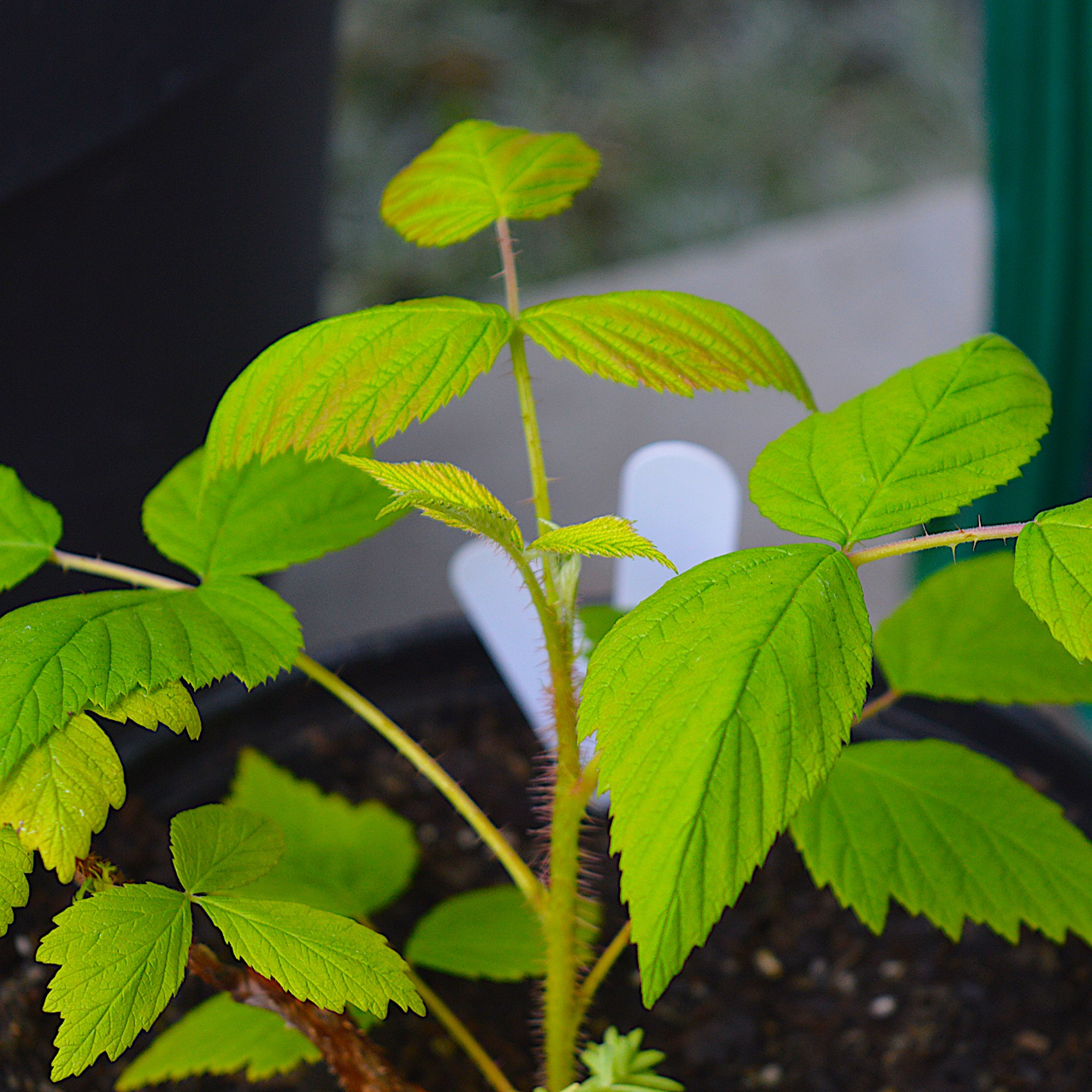
4. Monitor the plant
'Fast forward a few weeks, and your new raspberry plant will be ready to be hardened off by gradually taking it outdoors for a few hours at a time until it can eventually be placed in a sheltered spot that receives at light six to eight hours of full sun a day.'
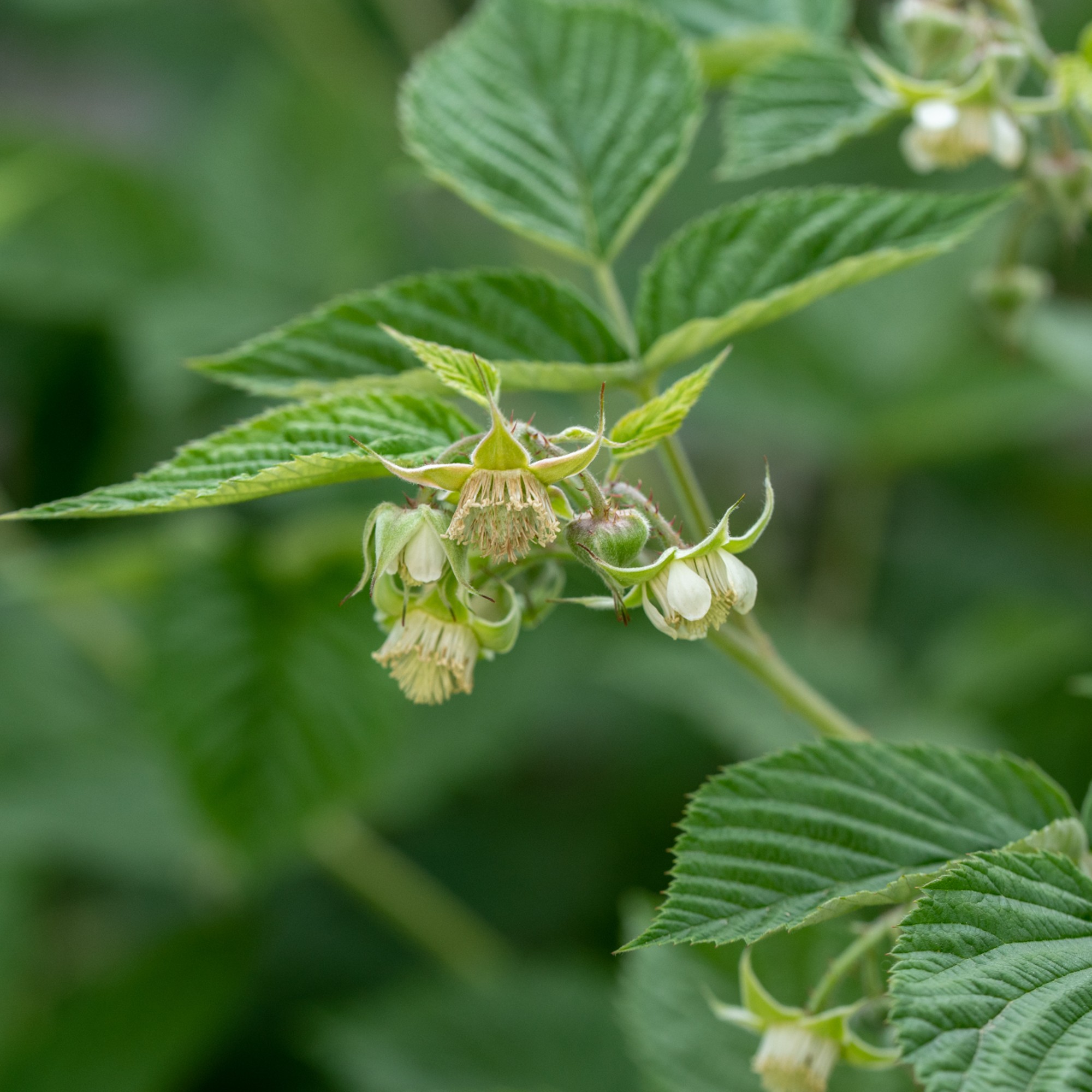
Afterwards, you can enjoy fresh raspberries you grew yourself without so much as having to lift a finger. Daniel even says that you can give this method a go with other self-seeding fruits, such as blueberries or strawberries – which is especially helpful to know if you're not in the mood to grow strawberries in pots from plants.
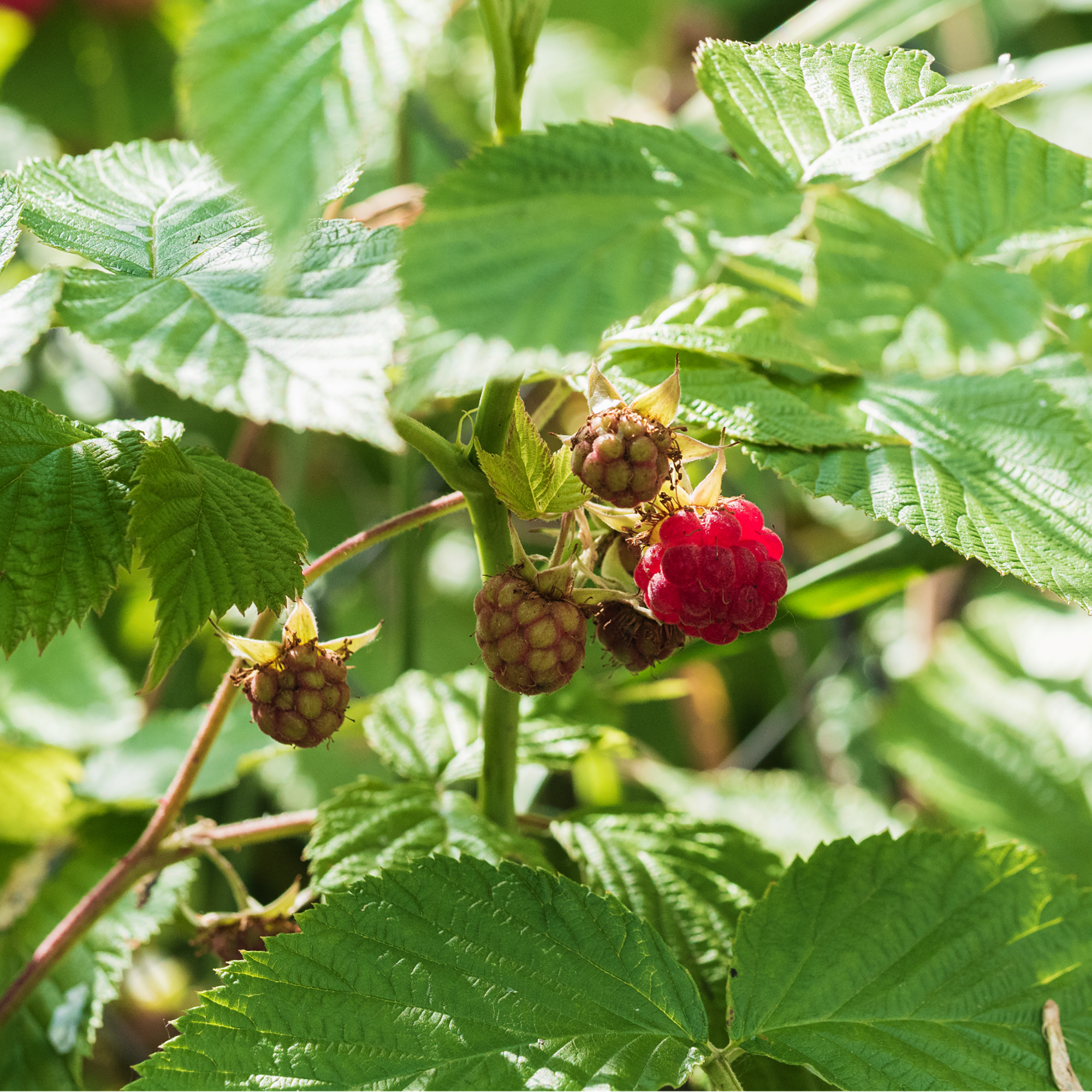
FAQs
How does the weather affect seasonal berries like raspberries?
'There are two types of raspberries – summer fruiting and everbearing raspberries. The latter are the raspberries that will soon be ready to harvest – typically from late July through to the autumn months,' says Angharad James, product manager at Phostrogen.
'The warm weather we've recently experienced will have accelerated the growth and ripening of raspberries and is likely to mean that harvests will be bought forward and may be more bountiful, so you should expect to see lots of juicy raspberries on your plants in the coming weeks.'
What can be done in the final month before harvesting to get the best crop yet?
'Raspberry plants love the sun, so ensure it is placed in a sunny spot to encourage more fruits to grow and water it regularly to prevent the soil from drying out,' says Angharad James at Phostrogen.
'Make sure you add a quality ericaceous fertiliser to your watering regime to give it all of the nutrients these acid-loving plants need to produce a large yield.'
'Don’t forget to keep an eye out for pests, too – spider mites and raspberry beetles are fond of raspberries and are a particular problem in the summer months.'
What are some top tips for picking raspberries at the best time?
'Raspberries don't continue to ripen once they have picked, unlike other fruits like blueberries, peaches and plums, so make sure you only harvest them when they are fully ripe, plump and firm,' advises Angharad James at Phostrogen.
'You'll also know if they’re ready to be picked if they come away from the plant easily when given a gentle tug. It's also best to harvest them early on a dry day in the morning, as the heat of the midday sun or wet weather may make them more susceptible to becoming squashed during the harvesting process.'




!["[T]he First and Fifth Amendments Require ICE to Provide Information About the Whereabouts of a Detained Person"](https://images.inkl.com/s3/publisher/cover/212/reason-cover.png?w=600)


